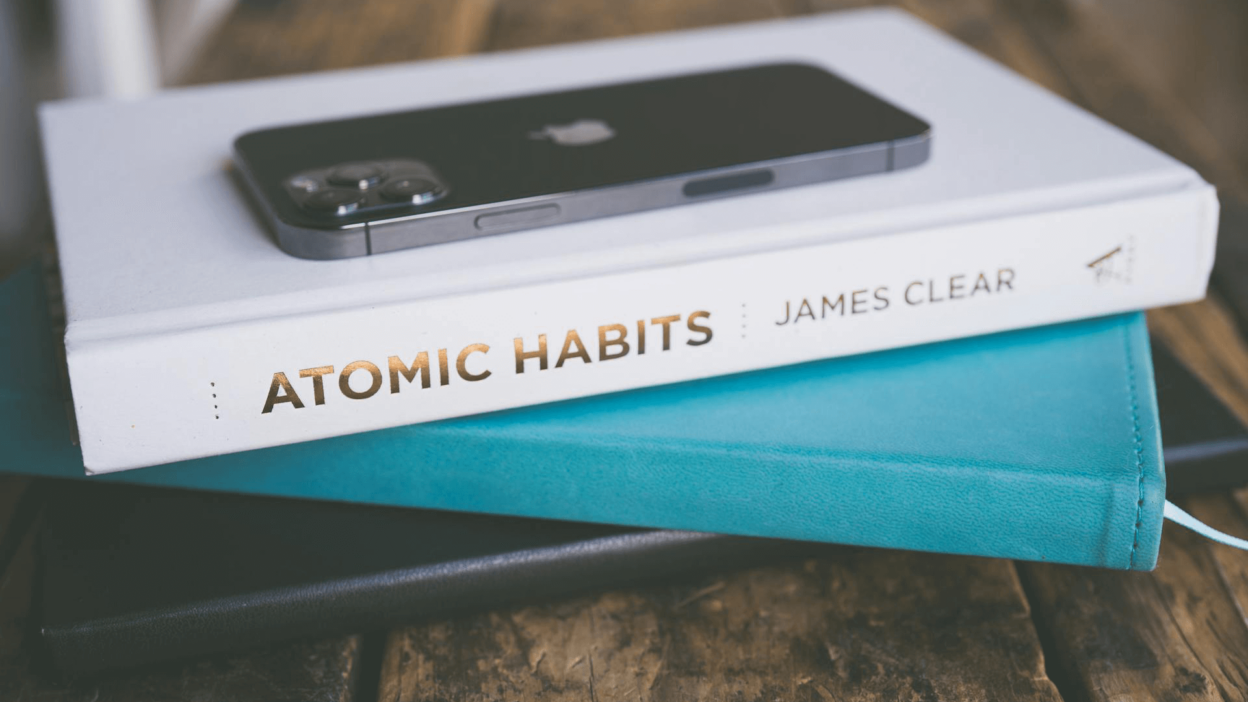Why the Habit Loop Is Your Habit Hack
Let’s face it: your day’s a mix of habits, some gold, some junk. Want to ditch late-night scrolling and start creating good habits that stick? That’s where the habit loop swoops in—a no-fuss framework that turns random actions into routines without the grind. It’s not rocket science, it’s your brain’s own wiring, and once you get it, forming new habits feels less like a chore and more like a win.
This post unpacks the habit loop—cue, routine, reward—and shows you how to make it work for 2025. It’s part of our Routine Habits lineup, syncing with the big-picture guide at Building Good Habits: Your Roadmap to Lasting Routines. Pair it with time tricks from Time Blocking 101, and you’re set. Ready to loop your way to better habits? Let’s break it down and get rolling.
What’s the Habit Loop All About?
The habit loop is your brain’s shortcut to habits, a three-step cycle that makes actions stick without overthinking. Every habit you’ve got—brushing teeth, checking your phone—runs on this loop. It’s not complex, it’s just how your mind saves energy, and cracking it opens the door to creating good habits that last.
Here’s the rundown: it kicks off with a cue, that nudge that says “do it,” like your alarm buzzing. Next is the routine, the action you take, think stretching for five minutes. Then comes the reward, the payoff that keeps you coming back, maybe that fresh morning vibe. Together, these steps make the habit loop your go-to for building better habits.
Why’s this a big deal? Because once you see how it ticks, you can swap out junk habits for gold. It’s the core of Routine Habits—next, let’s zoom in on the cue and how it fires things up.
Cue—The Spark That Kicks It Off
Cues are the trigger in the habit loop, the little push that gets your habit rolling. They’re the “when” and “where” of your routine, the signal your brain locks onto to jump into action. Get this dialed in, and creating good habits turns into a breeze, no head-scratching required.
Look at your day: your coffee brewing might spark a quick stretch, or your phone’s morning buzz could nudge you to sip water. Cues can be anything—a time (7 AM), a spot (your desk), or a habit you already do (brushing teeth). The key is keeping them clear and steady, so the habit loop kicks off without a hitch.
Here’s the play: tie a new habit to something you’re already doing, like deep breathing after grabbing your keys. Make it obvious too—keep a book by your couch for nightly reading, visible cues cut the effort. Once that cue lands, you’re into the routine—let’s unpack that next and keep the momentum going.
Routine—The Meat of Your Habit Loop
Routines are the heart of the habit loop, the “what” you do once that cue hits. It’s the action that turns your good intentions into reality, and nailing this is where habit strategies shine. Whether it’s a 10-minute walk or jotting a gratitude list, the routine’s your shot to make daily habits stick without overcomplicating things.
Start small, tiny beats tough every time. Skip “run an hour,” go for “step outside”—consistency’s what builds better habits, not heroics. Grow it slow, maybe add “walk one block” next week, small moves stack up fast for habit formation tips. Keep it so easy you can’t dodge it, that’s how routines turn into no-brainers.
Then, tweak your setup. Stash a water bottle on your desk, not the kitchen, easy access kills excuses. Pair it with a cue from Section 2, and you’re cruising. The routine’s just the middle though, the reward’s what locks it in—next, let’s see how that payoff seals the deal.
Reward—The Win That Keeps It Rolling
Rewards are the fuel in the habit loop, the “why” that makes your brain itch to repeat it. It’s not just a bonus, it’s the hook that ties cue and routine together, turning daily habits into keepers. Without this, your habit fizzles—here’s how to nail it and keep creating good habits alive.
Go small and quick: finish a task, sip coffee or take a stretch break. It’s not about big splurges, it’s about that “done” vibe that makes forming habits worth it. Maybe you jot a task, then slash it off with a grin—that little win powers better habits over time. Keep it tied to the routine, water after a walk beats a random cookie, it’s about fit, not chaos.
Mix it up if you’re bored—a deep breath one day, a quick tune the next, just keep it instant. James Clear’s got a whole take on this reward game (https://jamesclear.com/atomic-habits), and it’s gold for habit strategies. With rewards locked in, the habit loop hums—let’s wrap this up and get you looping.
Loop Your Way to Better Habits Today
The habit loop—cue, routine, reward—is your easy hack to creating good habits that stick, not slip. Start simple: pick a cue (coffee time), set a routine (stretch), add a reward (deep breath), and watch habit formation tips turn into 2025 wins. Tie it to what you already do, keep the payoff handy, and you’ve got daily habits locked in tight.
Need more juice? Check out Building Good Habits: Your Roadmap to Lasting Routines for the full rundown, or pair it with time management strategies to block those habit slots. It’s not magic, it’s your brain doing what it loves—looping you to better habits. Got a habit idea? Drop it below, let’s riff on how to loop it in!



